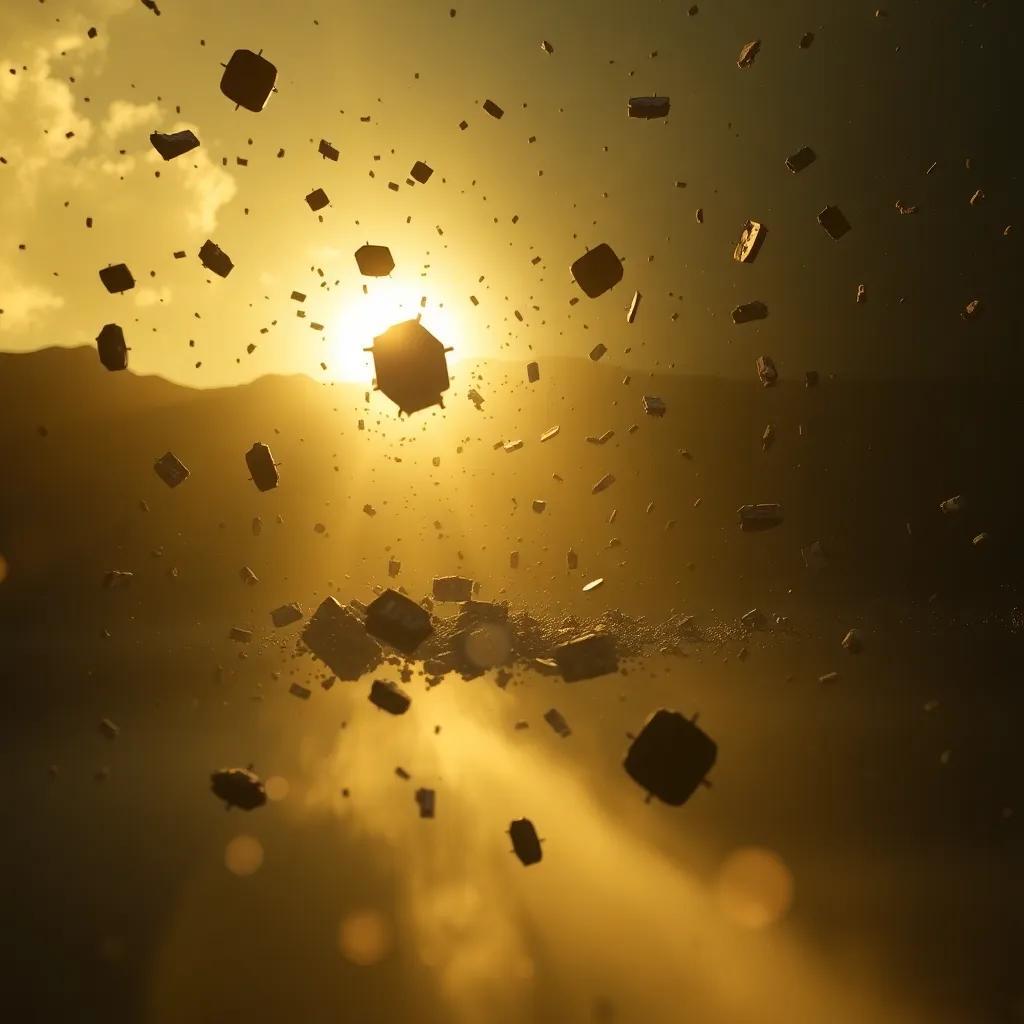Table of Contents
Cosmic Collision Course

What if your favorite GPS device suddenly went dark? In an age where satellites are essential for navigation, communication, and weather forecasting, the growing problem of space debris threatens our satellite future. Over 25,000 pieces of debris orbit Earth today, and their potential for collision poses a serious risk to functionality. In this article, we will investigate the origins of space debris, the dire consequences of collisions, and the innovative solutions being proposed to mitigate this crisis.
Origins of Space Debris
To understand the threat of space debris, we must first explore its origins.Space debris mainly consists of defunct satellites, spent rocket stages, and fragments from collisions.With thousands of active satellites, the cosmos is becoming increasingly congested.
- Defunct Satellites: Many of these are left behind after missions, contributing significantly to orbital clutter.
- Rocket Stages: Every launch adds another potential hazard if stages aren’t properly removed.
- Collision Fragments: Even a tiny piece can create a chain reaction known as the Kessler Syndrome, where debris collisions lead to further debris.
This escalating situation could jeopardize satellite operations, with a single collision leading to more debris and risking essential global infrastructures such as telecommunications and weather prediction. The need for immediate strategies is evident to ensure the safety of our satellites.
Dire Consequences of Collisions
As the number of satellites increases, so does the risk of collisions in orbit. The consequences of such events could be catastrophic, not only for individual satellites but for entire networks.
Problem→Solution→benefit
- Problem: Even a small piece of space debris can travel at speeds exceeding 17,500 miles per hour.
- Solution: Developing active debris removal technologies like robotic arms and nets.
- Benefit: Safeguarding operational satellites and preserving the integrity of crucial infrastructure.
The repercussions of collisions can lead to cascading failures in satellite constellations,rendering GPS unusable and disrupting communication services worldwide. This not only impacts commercial industries but also national security and emergency services. Thus,a strategic focus on preventative measures is essential.
Innovative Solutions on the Horizon
Amid this growing threat, innovative solutions are emerging to combat space debris. organizations and space agencies are collaborating on various projects designed to enhance orbital safety.
From debris tracking systems that monitor and predict potential collisions to cleanup missions aimed at removing the most hazardous debris, action is underway.European Space Agency’s ClearSpace-1 mission, such as, aims to capture and remove a piece of space debris in the next few years. This approach focuses on not only cleanup but also regulation of future satellite launches.
Lasting practices, such as designing satellites for end-of-life disposal, are crucial. As we forge ahead in our exploration of space, it’s vital to consider the long-term effects of our actions on Earth’s orbit, ensuring a safe environment for future generations.
Space Safety Ahead

The reality of space debris is sobering, but with global awareness and innovative technologies, we can secure a safer future for satellites. The most critical lesson here is the need for collaboration in space safety efforts. Let’s reflect on the importance of protecting our orbital environment and consider ways we can contribute. What steps will you take to help address the challenge of space debris?



